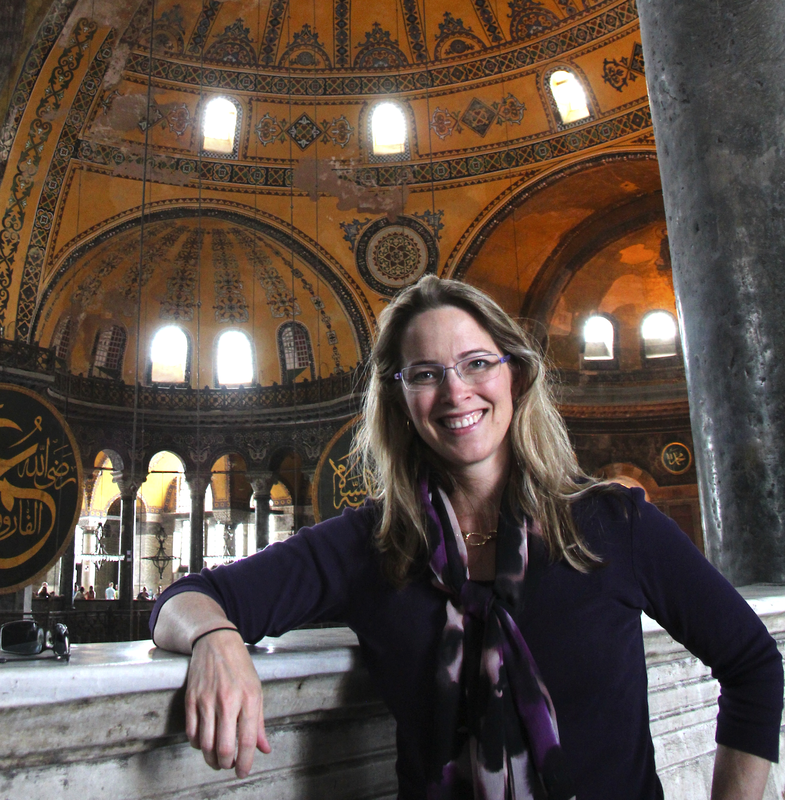Mariah Proctor-Tiffany, Ph.D.
Professor of Art History, California State University Long Beach <meta name="google-site-verification" content="MsqsWYlYzCSORv2FC_TOObnQxUAA5bBv__CM5YEVaXc" />
|
Mariah Proctor-Tiffany teaches medieval and Islamic art and architecture, and about the cross-cultural exchange of objects. She enjoys teaching at CSU Long Beach because of the curiosity and varied perspectives of her students.
She has been the recipient of numerous research fellowships, including a Samuel H. Kress Travel Fellowship, a Samuel H. Kress/International Center of Medieval Art book research award, and an Andrew W. Mellon Art History Publication Initiative grant through Pennsylvania State University Press. She earned her Ph.D. in the history of art and architecture at Brown University. Before coming to Long Beach, she taught at Rhode Island School of Design, and she worked in New York City at The Metropolitan Museum of Art and at The Cloisters, the branch of the museum devoted to art and architecture of the Middle Ages. Her book, Medieval Art in Motion: The Inventory and Gift Giving of Queen Clémence de Hongrie, through Pennsylvania State University Press, explores art and the performance of identity by women in fourteenth-century courts, arguing that women, often separated from their loved ones by politically advantageous marriages, maintained their relationships through international gifts of sculptures, reliquaries, textiles, jewels, and manuscripts. The luxurious objects that women circulated testified to the women’s identities, strengthening their claims to income and political power. She co-edited a volume of essays with Tracy Chapman Hamilton entitled Moving Women Moving Objects (400-1500). Additionally she works on the patronage of another female collector, Doris Duke, and Duke's Islamic art collection at Shangri La, her home in Hawaiʻi. Dr. Proctor-Tiffany was also a fellow at the Samuel H. Kress Digital Mapping and Art History Institute at Middlebury College, and she is creating digital resources to support her work both in the Middle Ages and the twentieth century. Visit mappingthemedievalwoman.com. |
